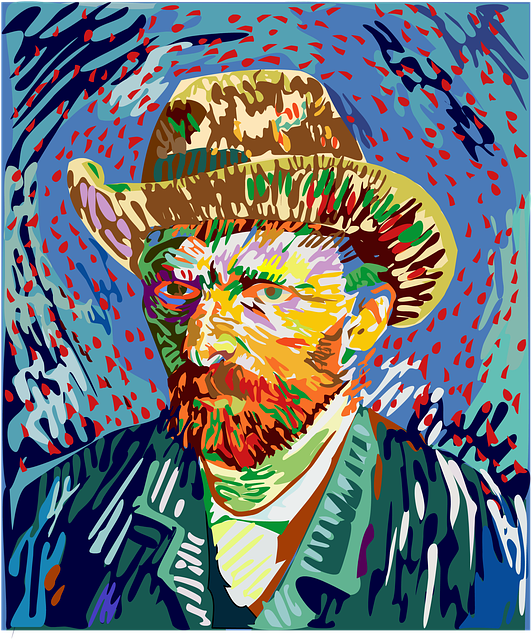
Producing original content is a fundamental aspect of creating meaningful and valuable information for audiences across various mediums. In terms of assessment within schools, colleges and universities, students are expected to produce “original” work to evidence their learning.
So, what does it mean to produce original content? At its core, originality means creating something that is entirely your own. This could be a new idea, a fresh perspective on a familiar topic, or a unique approach to storytelling. Whatever the case may be, originality is about bringing something new and valuable to the table that hasn’t been seen before.
But lets flip that premise; There are a limited number of words available and these words are shared with all writers for all time, so as people continue to write the probability of two people writing the same thing can only increase. It’s a bit like buying a lottery ticket. The more tickets you buy and the longer period over which you buy them, the more likely you will hit the winning numbers. And that analogy may fit in other ways in that the probabilities of a winning lottery ticket and an exact match of wording and phraseology may be similarly unlikely. And the longer the piece of writing the less likely whereas for shorter pieces of text, the probability is greater. But either way it isn’t impossible!
Let’s step back for a moment and look at an academic concern, that of plagiarism. Plagiarism is the act of taking someone else’s work, ideas, or words and presenting them as your own. It’s a form of intellectual theft and can have serious consequences, including invalidating qualifications or exam results for students who are caught. “Taking someone else’s work” and “presenting as your own”; But if I read something, agree with it, and then present it as my viewpoint haven’t I just taken someone else’s work and presented as my own? Does writing it in my own words make it original and my own contribution and at what point? How many words do you need to change before it becomes my original contribution as opposed to plagiarism? I note that the plagiarism detection services I have used in the past present a plagiarism score which tries to quantify how similar a piece of work is to other pieces of student work on file. And if I combine with readings from other sources is this better or just plagiarising from a number of sources? And what if I get AI to write the first draft of the content, then I refine it? Is this plagiarising from the multiple sources the AI used as training data or simply plagiarising from the AI, or maybe it isn’t plagiarism at all? Considering art work rather than writing, if I get an AI to produce a self portrait of Van Gogh but painted in the style of Monet, who have I plagiarised?
I don’t believe the concept of originality and of plagiarism, beyond plagiarism of a paragraph of cut and paste text, was ever an easy issue in schools albeit we have treated it as easy in the past. With AI this issue becomes that bit more complex and difficult to traverse. We may present our students with the assessment and with a marks scheme, but do we need to start providing more discussion in relation to originality, and what acceptable use of AI platforms might look like? I suppose the challenge here is do we know what this might look like.
But a bigger question may be why we ask for these written assessments to be completed in the first place; Is the written work a proxy for evidence of learning and understanding, where this is easier, and possibly more reliable, than actually having a discussion with each and every student to check their understanding? And if we can no longer rely to the same extent on the piece of extended written work do we need to move to more student/teacher discussions, but if so, how will we address bias and other factors impacting on individual teacher assessment of students?
Conclusion?
Am not sure the above has presented any answers beyond presenting some of my musings and more questions. But for now that maybe enough, to try and add to the discussion in relation to education and how it may look in the future given effective AI solutions are already available to our students.
References
Written with the help of ChatGPT (OpenAI)

